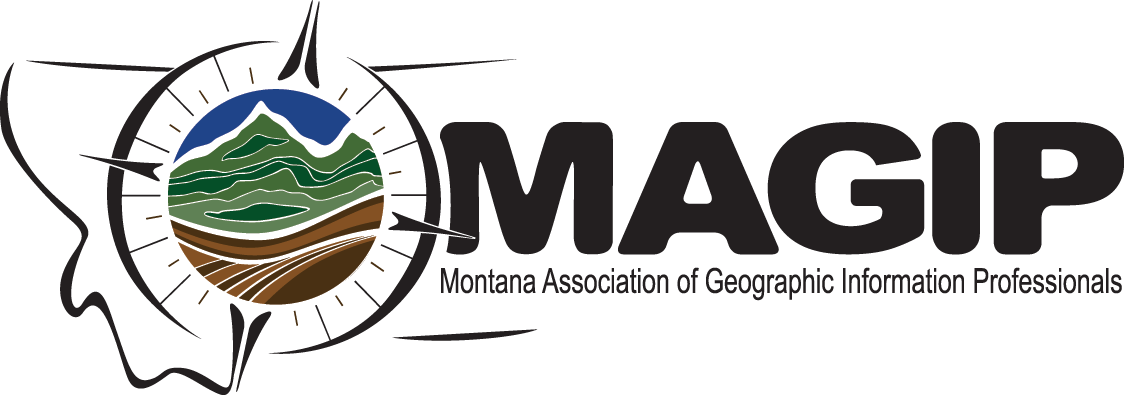MAGIP Van Shelhamer Memorial K-12 Education Grant
Grants are to support the development and use of geographic location-based technologies, such as:
Eligible projects include:
- Geographic Information Systems (GIS),
- Global Positioning Systems (GPS), or
- Remote Sensing in K-12 classrooms
- curriculum development,
- training for teachers, and
- purchase of equipment or software that will enhance geographic instruction
View the 2025 Grant Application Announcement (pdf)
Applications were due March 21, 2025
The Grant Recipient was announced at the 2025 Big Sky GeoCon
Email the Scholarship and Grants Committee Chair for more information
2025 Grant Recipient
One (1) grant totaling $1,500 to assist K-12 educators to support GIS-related curriculum through the MAGIP Van Shelhamer K-12 Education Grants.
Sarah Tabor and the Belgrade High School in Belgrade
Sarah Tabor and her science students will elaborate on a weed mapping program they established in 2023 on a section of state land near the high school that is enjoyed by students and the public alike. Their work will help state managers better understand the distribution, density, and diversity of weeds on the property. While collecting and analyzing the invasive weed data students will develop critical STEM skills, and in doing so help enhance the ability to manage a valued community resource.
